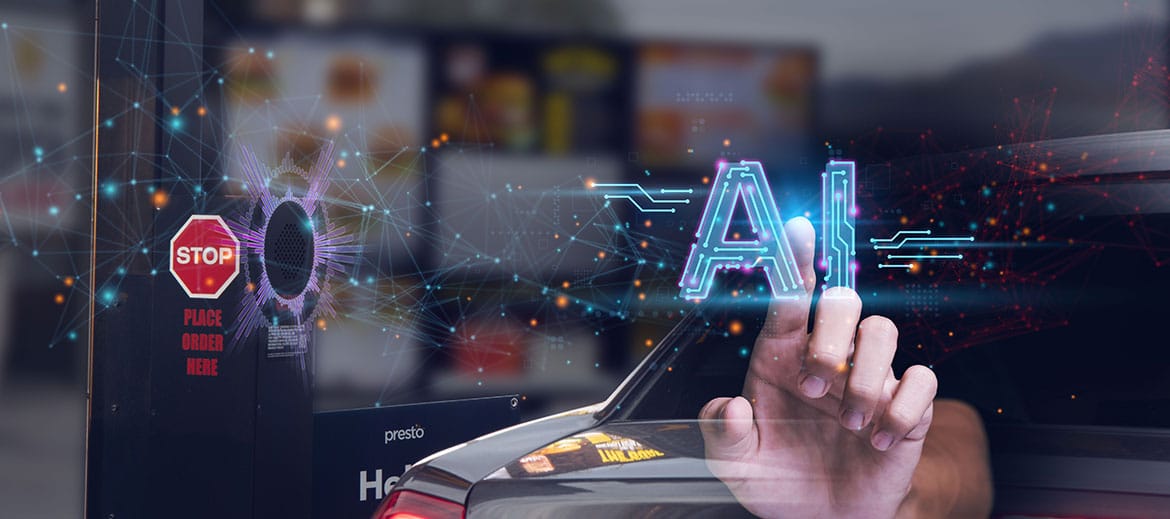Restaurants are trying to adapt, as Millennials demonstrate different dining behaviors as compared to prior generations. Overall, Millennials frequent restaurants more frequently than their elders. Forbes Magazine reports that Millennials spend 44% of their food dollars, or $2,921 annually, on eating out. By comparison, Boomers spend only 40% of their food dollars on eating out or $2,629 annually. The increased demand for prepared meals is a positive development for the restaurant industry.
But capitalizing on this opportunity will require restaurants to evolve, as Millennials show a variety of different behaviors and preferences as compared with older diners. Doing so will be important, as this age group contains 69 Million adults, will soon be the largest generation and will have an increasing share of total purchasing power as they move into their prime earning years, while Boomers retire and decline in numbers.
Business Insider finds five major differences. One, Millennials eat out more often. Fifty-three percent eat out at least once per week, compared to only 43% of the general population. Two, they don’t define “healthy” just in terms of fewer calories or lower fat. It also means that food must be “fresh, less processed, and contain fewer artificial ingredients”. Three, Millennials want their food to be “ethically produced”. Practices such as “fair trade” and “cage-free” are important. Brands like Starbucks and Chipotle have responded to these preferences. Four, Millennials frequent QSR concepts, but they are embarrassed by it and don’t want others to know. Consequently, they are unlikely to recommend such brands to others. Five, they prefer Fast Casual and makeup 51% of Fast Casual Diners, vs. 31% of the overall population.
Market research publisher Packaged Facts, reports other important trends in their study titled “Millennial Menus: Culinary Trend Tracking Series”. These include a preference for greater customization. Fresh, creative items, personalized and made-to-order. More than one-third order something different every time they visit a restaurant. Keeping the menu fresh is important to keep them coming back. They also like “mash-ups”, more creative fusion-style offerings. Note the popularity of food trucks in recent years, that often offer more innovative fare. There is also a trend away from three meals per day. Instead, Millennials show an increased preference for grazing throughout the day. Bowls are also becoming an important trend, with ingredients such as rice, noodles, salad, quinoa, acai, and poke. Lastly, Millennials show an increased preference for probiotics and other digestive aids, such as drinking vinegars, kombucha and “artisanal tonics”. Sugary drinks are on the decline.
Although they haven’t abandoned QSR concepts completely (still 28% of Millennial restaurant purchases) they tend to eat there less often, according to NPD. When they do the demonstrate a preference for Better Burger concepts like Shake Shack and Smashburger.
Millennials also view dining out as a social activity. As a result, they enjoy features like communal seating. Perhaps this is in response to their more frequent preference (as reported by Technomic) for take-out and delivery. Technomic reports that Millennials prefer takeout (38%) and delivery (15%). This bears out in comparisons between the generations, as 20% of Millennial restaurant orders are for delivery, vs. only 13% for Gen-X and 12% of Boomers. Millennials also value convenience, citing a lack of time for cooking (23%) and “overwhelming daily responsibilities” (22%).
Restaurants will also need to increase their use of technology, as Millennials have grown up with it, often being labeled as “Digital Natives”. Openmarket.com reports that 72% of Millennials text 10 or more times per day, and 83% of them open text messages within 90 seconds of receiving them. The preference for text carries over to their interactions with businesses, being ranked as the preferred means of communication. Email ranked second, while voice calling was a distant third. It’s not unsurprising then that apps have become increasingly important for restaurants. The days of taking delivery or pick-up orders by phone are quickly coming to an end.
Changing preferences will require rapid evolution by restaurants if they wish to survive and thrive in the years to come. Business practices, menus, restaurant layouts, service options, and the use of technology will all need to be taken into account and adapt accordingly.



